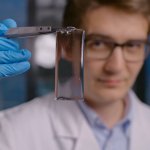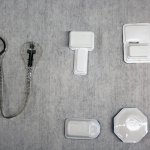
News • Detection of lumps
New robot could help diagnose breast cancer early
A team at the University of Bristol has developed a robot manipulator that could carry out clinical breast examinations. The developers hope the device will revolutionise breast health monitoring.


























